"Soft power" from the cultural heritage of ethnic groups
Cultural heritage includes intangible cultural heritage and tangible cultural heritage, which are spiritual and material products of historical, cultural and scientific value, passed down from generation to generation. Cao Bang, a remote borderland, has a history of more than 500 years with a system of tangible and intangible cultural heritages that are extremely diverse, unique and valuable. Cultural heritages not only enrich the spiritual life of people and society, but are also valuable resources for sustainable tourism development.
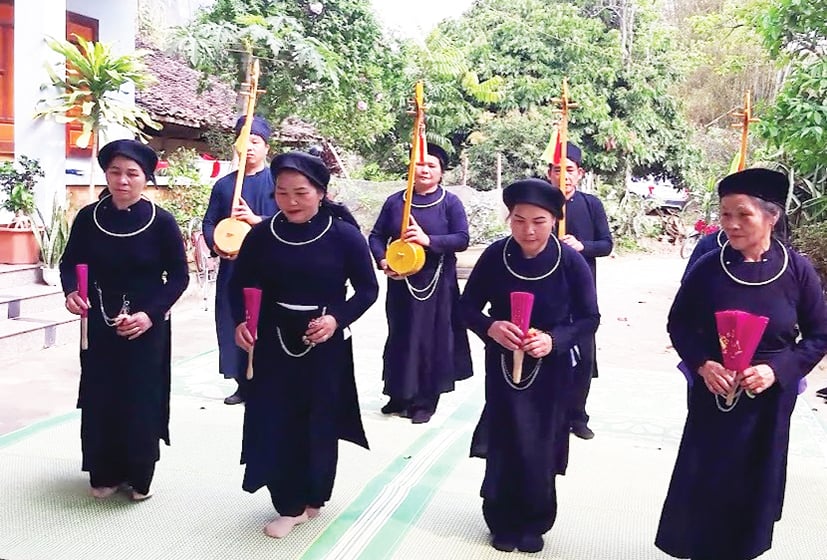
Chau dance in Tay Then performance.
According to statistics from the Department of Culture, Sports and Tourism, up to now, the whole province has 2,002 intangible cultural heritages. Intangible cultural heritages include: 6 heritages of language, 2 heritages of writing, 150 heritages of folk literature, 300 heritages of folk performing arts, 745 heritages of social customs and beliefs, 200 heritages of traditional festivals, 112 heritages of traditional crafts, 487 heritages of folk knowledge. 9 national intangible cultural heritages include: Then Tay ritual in Cao Bang province; Nang Hai festival in Thach An commune, Tranh dau Phao festival in Quang Uyen commune; traditional blacksmithing of the Nung An people in Quang Uyen commune; Luon coi of the Tay ethnic group in Bao Lam commune; Art of decorative patterns on Red Dao people's costumes in Nguyen Binh commune; Nom script of the Tay people; beeswax pattern printing technique of the Dao Tien people; The art of painting for worship of the Red Dao people in Thanh Long commune; the Then ritual heritage of the Tay, Nung, and Thai people were listed in the list of Representative Intangible Cultural Heritage of Humanity.
Regarding tangible cultural heritage, the whole province currently has 271 relics, of which 103 have been ranked, 3 are special national relics, 26 are national relics, 74 are provincial relics, 2 are national treasures including: a pair of bells of Vien Minh pagoda, Quan Trieu temple, Thuc Phan ward and the Ma Nhai Ngu Che stele of King Le Thai To in Hoa An commune. At the provincial museum's warehouse, there are 16,968 artifacts. With this large treasure of cultural heritage, it not only creates diversity, richness and uniqueness of the national culture in the context of international integration, but also is an important factor and resource for the socio -economic development of the province. In that aspect, many cultural heritages of the province have become complete cultural - tourism products, both the driving force and the target for tourism development. These are valuable assets that contribute to positioning the Cao Bang brand in the period of global integration and development of the Cao Bang region.
Sustainable development from cultural heritage resources
In recent years, the province has increasingly attached importance to heritage resources and treasured cultural heritage in particular, traditional culture in general, as an important resource. Leaders at all levels and specialized agencies of the province have planned appropriate solutions, using appropriate heritage values as a driving force and catalyst for sustainable development. Thanks to the Government's funding support for the province to protect, restore, embellish and restore historical and cultural relics, scenic spots have been restored and embellished, becoming attractive destinations attracting more and more domestic and international tourists to visit, experience, and study ethnology, cultural studies, etc. In addition, intangible cultural heritages have also been collected, researched, restored, transmitted and performed, directly improving the cultural life at the grassroots level and developing the socio-economic development of local communities. Many community groups participate actively, meaningfully and voluntarily to protect cultural heritage. This participation is not only reflected in statistics, the number of restored and embellished relics, the increasing number of established art clubs, the increasing number of people participating in heritage practices... but also in the passion for heritage, the desire to teach heritage to the next generation, the voluntary investment of effort and money in the restoration, embellishment and protection of cultural heritage...

Farewell ceremony of Lady Hai in Lady Hai Festival of Thach An commune.
In the Non Nuoc Cao Bang region, many intangible cultural heritages have become attractive destinations for domestic and foreign tourists, creating a unique brand and mark of Cao Bang - a land rich in heritages such as: Then performance rituals covering the whole province, King Le Temple Festival, Da Quan Pagoda, Dong Lan Pagoda, Ky Sam Temple, Ba Hoang, Fireworks Festival, Thanh Minh Festival, Nang Hai Festival; in addition, tourists can also visit and experience craft villages such as: Tay brocade weaving in Luong Noi hamlet, Ha Quang commune; bamboo and rattan weaving in Minh Khai and Canh Tan communes; silver carving of the Red Dao people in Nguyen Binh commune; paper making, incense making, tile making of the Nung An people, Quang Uyen commune...
This remarkable change contains many typical practices of poverty reduction, through creating jobs for many workers, improving the lives of local communities where heritage is located. In many localities, cultural heritage has contributed greatly to shifting and changing the economic structure. With technological advances and digital transformation applications, the application of new technology in the management and conservation of cultural heritage is not only useful in conservation work, creating a treasure trove of detailed information about tangible and intangible values, but also creating a foundation for exploiting and promoting the maximum potential of heritage in the cultural industry.
Preserving and promoting the value of cultural heritage associated with tourism development is one of the important tasks in the current period, which is meaningful in educating the young generation about the historical and cultural traditions of the nation, and at the same time is a means to introduce and promote the image, land and people of Cao Bang to domestic and foreign tourists. In particular, it is necessary to propose solutions to preserve, conserve and promote the value of cultural heritage associated with sustainable tourism development.
Thien Phuoc
Source: https://baocaobang.vn/phat-huy-gia-tri-di-san-vi-su-phat-trien-ben-vung-noi-non-nuoc-cao-bang-3182495.html








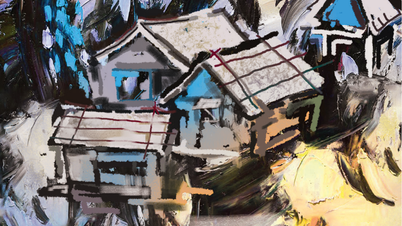

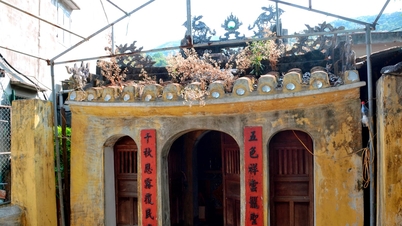



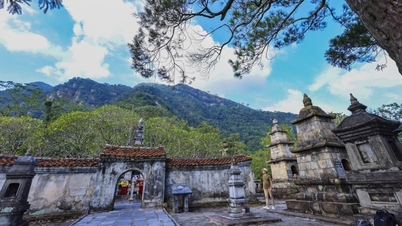
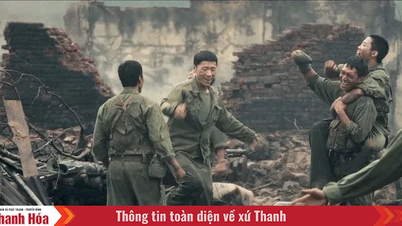








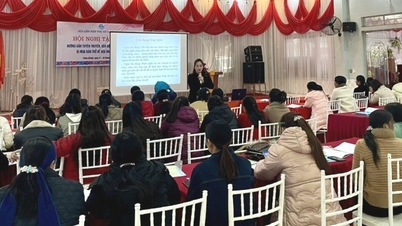



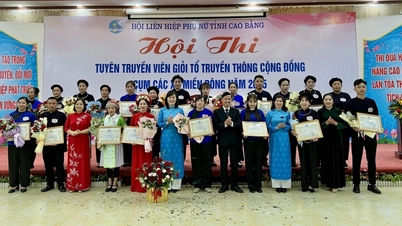

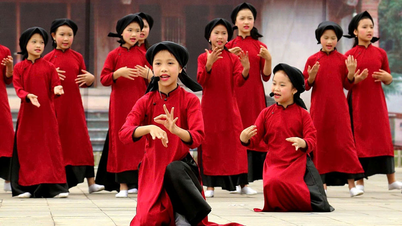

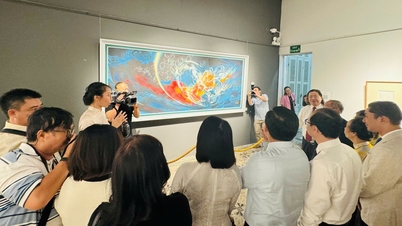


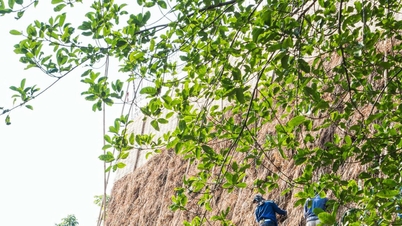




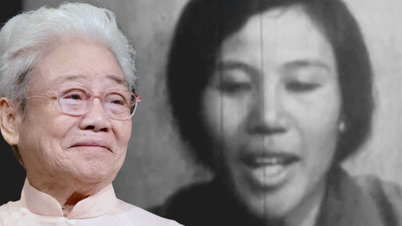


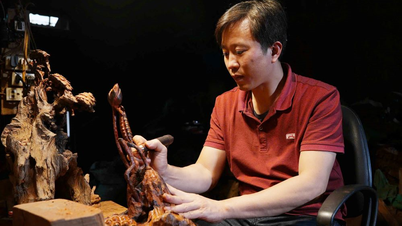


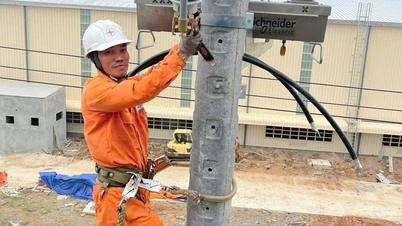

















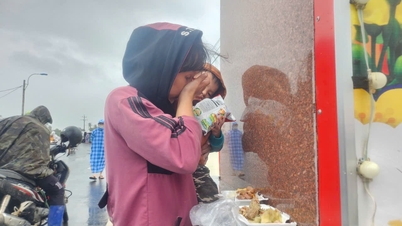



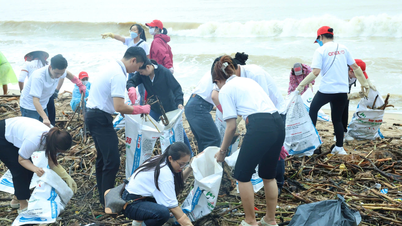


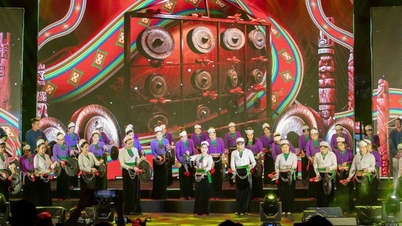







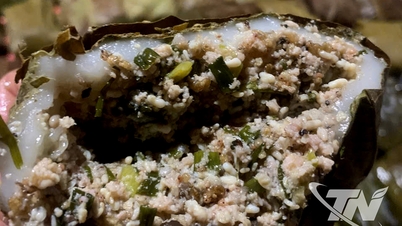



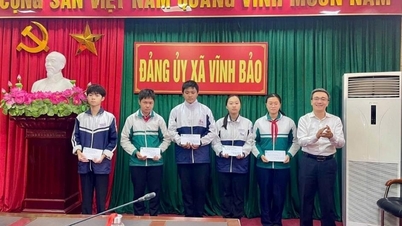



















Comment (0)